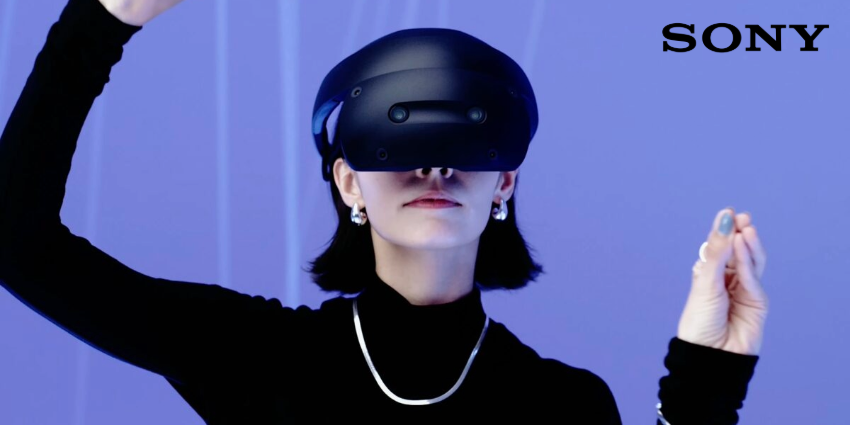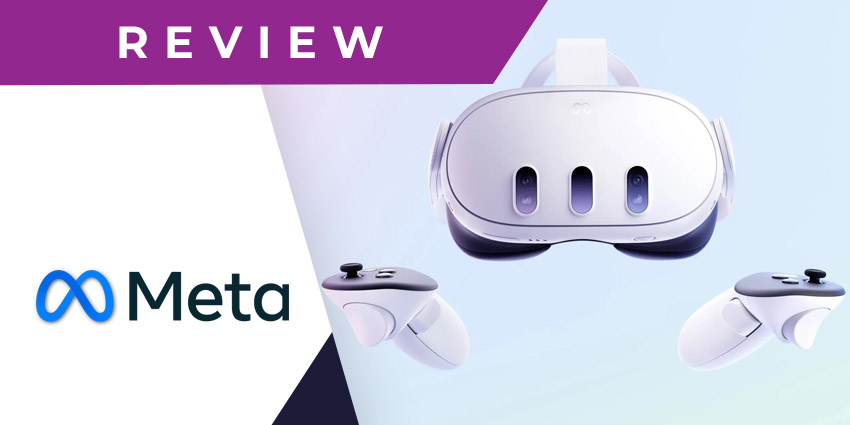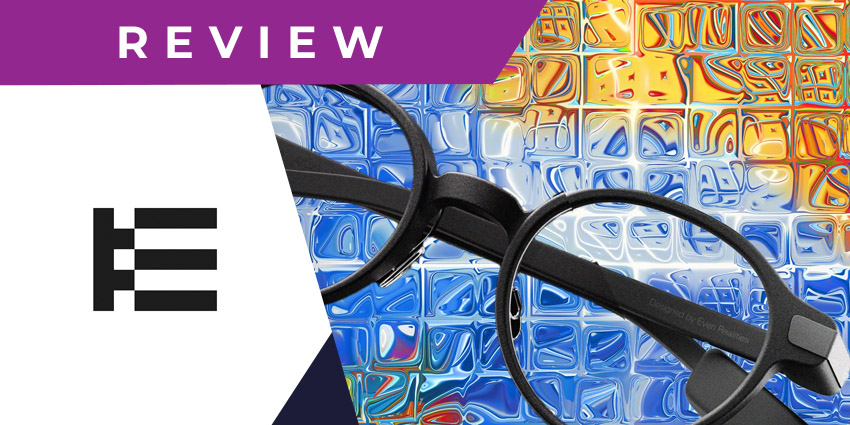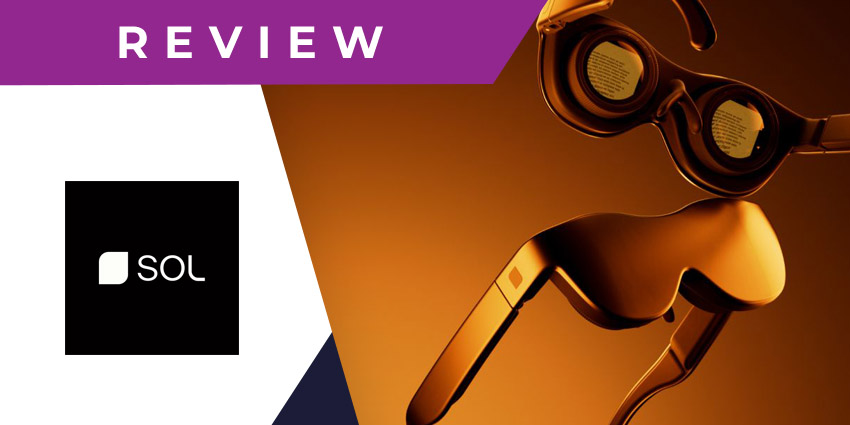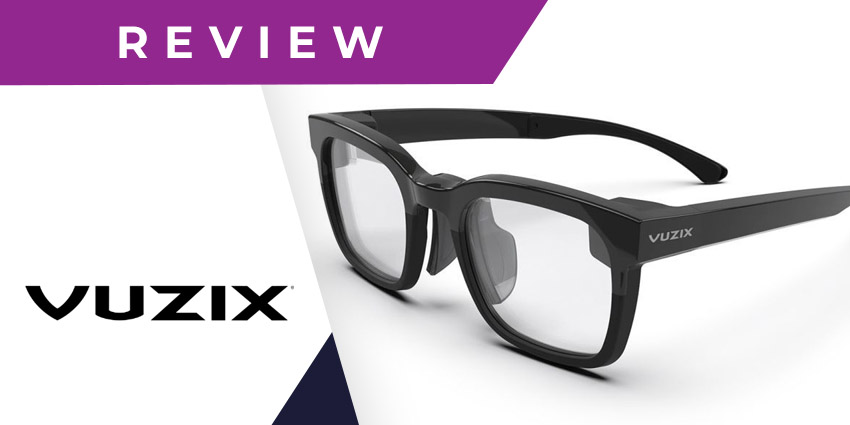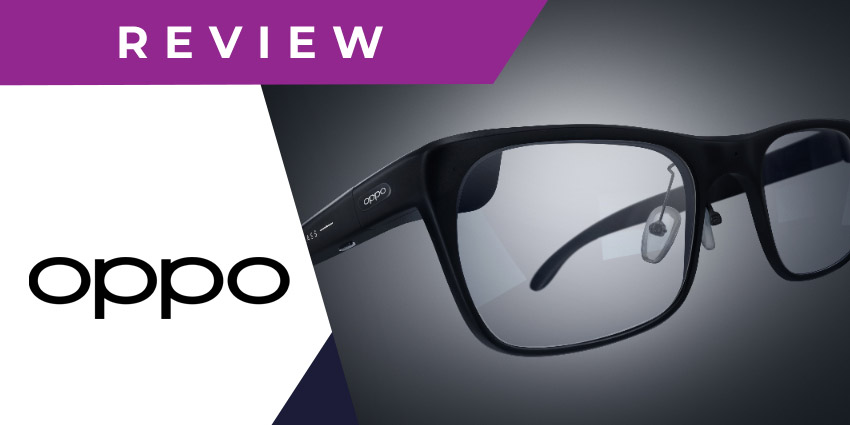I’ll admit I’m a little late to the party with this RayNeo Air 2S review. At this point, the glasses, which build on the RayNeo Air 2 specs I reviewed last year, have already generated a lot of mixed feedback. Some people say the glasses are a serious step down from what the competition offers.
I can understand why, particularly as innovators like XReal introduce their new “One Series” specs (which are fantastic, in my opinion). Compared to some competing options, the RayNeo Air 2S glasses are a relatively basic set of smart video glasses.
Still, the Air 2S specs have earned a lot of positive acclaim, too, for their ultra-bright and large virtual screens, high-quality audio, and impressively low price. These glasses were even the best-selling AR glasses on Amazon during Prime Day 2024.
So, are the RayNeo Air 2S specs worth your money? I (finally) put them to the test to find out.
Quick Verdict, Pros and Cons
Broadly, as mentioned above, the RayNeo Air 2S glasses aren’t the most advanced smart spectacles I’ve seen by a long shot. They don’t give users a full “augmented reality” experience like some alternatives. Basically, they just allow you to project a virtual screen in front of your eyes, by connecting your glasses to a smartphone or another device.
Still, the ultra-large and bright virtual screen you get with these glasses is great for all kinds of users. You can watch videos with great visual fidelity or use the virtual screen as an alternative to multiple monitors and laptop screens at work.
Compared to the previous “Air 2” specs, these glasses also come with a better fit, more adjustability, and less edge blurring around the image. Plus, you get genuinely decent audio with these wearables – which is something I haven’t found very often when testing other AR glasses.
Pros:
- Fantastic 120Hz Micro-OLED display
- Detailed sound with excellent volume control
- Easy connectivity to any USB-C device
- Comfortable, lightweight, and ergonomic
- Easy to use with physical controls
Cons:
- No IPD adjustment options
- The image is still a little fuzzy around the edges
- No integrated AI or video camera
RayNeo Air 2S Review: Overview and Specs
I’ve been experimenting with RayNeo glasses for quite some time now, and have noticed that the company is pretty consistent with the types of products it creates. Where other smart glasses vendors have experimented with AI-powered assistants in specs and spatial computing capabilities, RayNeo seems to focus heavily on glasses that act as a virtual projector for existing devices.
In other words, RayNeo produces “display glasses” – the types of smart specs you can connect to another machine (like a smartphone or computer), to “mirror” its screen. While these glasses might not be revolutionary, they’re good for a variety of use cases, and RayNeo definitely excels in creating glasses with high-quality display experiences.
The RayNeo Air 2S glasses offer one of the best displays I’ve seen. You can basically use them to create a 201-inch screen that hovers in front of your eyes (at about a 6m distance). There’s even 2D and 3D modes, which allow you to switch between 1920 x 1080 and 3840 x 1080 resolution. Here’s a quick run-down of the technical specifications:
- Speakers: 4 super linear
- Weight: 78g
- Refresh rate: 60Hz and 120Hz
- Field of view: 45 degrees
- Connectivity: USB-C
- Sensors: Gyroscope, accelerometer and proximity sensor
- PPD: 49
- Optics: birdbath
- Image size: 201 inches
- Brightness: 5000 nits max
RayNeo Air 2S: Design and Comfort
Let’s start with a quick look at the design. First, these glasses aren’t going to blow anyone away from a style perspective. They’re definitely not as sleek as the Meta Ray-Ban’s for instance, and they don’t really look like a pair of “standard sunglasses”.
You basically get a chunky block of black plastic, without any kind of real “frame” design. Fortunately, if style isn’t a major concern for you, the Air 2S specs do perform well from a comfort perspective. At 78 grams, these glasses are a little heavier than some– but not to the point where you’ll experience any real discomfort with long-term wear.
The company has even carefully adjusted the distribution of the weight throughout the spectacles, to reduce pressure around your nose and ears. Unlike the previous Air 2 glasses, these spectacles are more customizable. There are 9 different elements you can adjust around the temple and nose pads, for instance, so you can match the glasses to your facial features.
I did wish you could move the screens a little more, though. Although you can tilt the lenses a bit, it’s difficult to make any major adjustments. There are no IPD adjustment options either, like you’d get with something like the Rokid Max.
That means if you wear glasses, you’re going to need to purchase a set of prescription lenses – which will cost you an extra $125. The lenses attach to the brow of the glasses with magnets, which can also make them feel a little bulkier.
The Displays: Clarity and Brightness
From a display perspective, the RayNeo Air 2S glasses are pretty impressive. You’re not going to get a fully immersive AR experience here (as mentioned above), but you’ll have no problem reading text from a virtual document, or watching a video on your 201-inch screen.
The glasses come with two 1080p micro-OLED displays (one for each eye), and images are projected downwards (from the brow of the glasses) onto an angled lens for you to see. This means your display won’t fill your “entire view”. You can still easily see what’s going on around you, although the screen is a lot larger than many other display glasses offer.
The actual size of the virtual display could be a positive or a negative, depending on your perspective. Although it’s great for entertainment purposes – to an extent, I found it actually stretches a little too far for my eyes. Additionally, while these glasses suffer less from blurriness around the screen edges than the previous model, loss of focus is still a problem.
On the plus side, the brightness is excellent – promising up to 5,000 nits (more than most of the other competing options on the market). You can also jump between ten different brightness levels, based on your needs, with a button on the side of the specs. Plus, there are various “Modes” to choose from – such as the vibrant mode, which boosts saturation, and the soft mode, which reduces blue light.
You can even use the RayNeo app to experiment with different visual settings. The refresh rates are excellent too, ranging from 60Hz to 120Hz. Obviously, the higher refresh rate will drain your battery a little faster – but it could be worth it if you’re looking for exceptional clarity.
RayNeo Air 2S Audio: A Major Selling Point
If you’ve read any of the AR glasses reviews, I’ve written in the past, you probably know that I usually complain a little about audio. Few companies really do a good job at delivering exceptional audio clarity on smart specs – probably because they’re limited in the speaker size they can use.
The RayNeo Air 2S glasses, however, surpassed my expectations. There are two linear speakers located on each arm of the glasses, about mid-way down (close to your ears). One is positioned to direct audio downwards, and the other upwards, giving you a more balanced experience.
The unique design of the speakers also means that you can get a lot more volume out of these specs than you would with most alternatives. The overall soundscapes are crisp, clear, and rich – and actually feature a lot more “bass” than you might expect.
I’m also a big fan of the fact that there’s an inbuilt “Whisper Mode” on these glasses. This basically gives you access to acoustic phase cancellation, and helps to reduce sound leakage. So, for instance, if you were using the glasses to call a colleague and you didn’t want everyone around you to hear what they were saying, the Air 2S glasses will give you a lot more privacy.
Performance and Ease of Use
As mentioned above, since the RayNeo Air 2S glasses are basically just “display” glasses, they don’t offer a lot of advanced functionality. There’s no built-in camera for capturing content, or an AI assistant you can use to take notes or translate speech for you.
The Air 2S specs really just convert any existing display into a larger, virtual display that can hover in front of your eyes. Fortunately, they do this very well. You can connect the glasses to virtually any kind of device with a USB-C cable. If you want to access another device (such as one that relies on a HDMI port), you’ll need an adapter.
I used the Air 2S specs with a Windows 11 laptop, and my iPhone 14 (through an adapter), and both immediately detected the glasses, and had no trouble streaming content to them.
In fact, these glasses are relatively easy to use overall. You can either adjust settings with the RayNeo app, or use the built-in buttons on the glasses. Each temple has a button for volume and brightness adjustment. Plus, there’s a handy menu button that lets you quickly toggle on “whisper mode”, change the display color mode, or adjust the refresh rate.
Everything seems to work relatively smoothly. But it seems like the RayNeo Air 2S is more tuned for “entertainment” than workplace apps. I had a little trouble with “multi-tasking” using Windows apps. The TCL Mirror Studio software can show various Windows apps on your screen. But you can’t adjust the distance or angle of your app windows, and cursor controls are a little clunky.
There’s also no app compatibility for MacOS, as of yet. However, you can use the buttons on your glasses to control certain features when your glasses are connected to a Mac computer.
RayNeo Air 2S: Essential Accessories
I’ve already mentioned one of the core accessories you can purchase for the RayNeo Air 2S glasses above (the prescription lenses). However, the most impressive (and potentially essential) accessory of all, is definitely the “Pocket TV”. Available for $100, this device does exactly what it says on the tin.
It gives you access to a portable television, powered by Google TV. When it’s plugged into your glasses, it gives you instant access to a range of Google-approved entertainment apps. That includes options like Prime Video, Disney+ and YouTube.
However, aside from preventing you from having to actually plug your glasses into a TV screen or computer – the Pocket TV has other benefits too. It gives you access to a bunch of different settings for your glasses. You can use it to zoom in or out, adjust the screen size, and experiment with settings.
Plus, the Pocket TV supports MicroSD cards, giving you the option to load your own media straight onto the device. That’s ideal if you’re worried with latency when streaming. The device even has its own battery, so you can plug in your phone or another device to charge it while in use.
Outside of the Pocket TV device, there are a couple of other accessories worth exploring too. The JoyDock, for instance, supports display passthrough for the Nintendo Switch. There’s also a dedicated adapter (as mentioned above) which you can use to connect your glasses to other non USB devices.
The RayNeo Air 2S Glasses: The Verdict
At a glance, the RayNeo Air 2S glasses are pretty simple. They’re not going to change your life with cutting-edge spatial computing and multi-tasking capabilities. They won’t give you access to an convenient way to capture video, or interact with an AI assistant when you’re on the move, either.
However, I also think that the specs do what they were designed to do very well. If you’re looking for a comfortable and relatively intuitive set of specs that will allow you to create an “ultra-large” virtual screen (mirrored from virtually any device), these could be the glasses for you.
They’re easy to use, the visual quality of the virtual screen is great, and the RayNeo Air 2S glasses are compatible with just about anything (particularly if you have the right accessories). They also benefit from being extremely cost-effective. For a price of around $400, these glasses are a lot cheaper than options like the XReal Air 2 Pros, and the Viture Pro glasses, for instance.
Overall, I’d say these glasses are fun, reliable, and cost-effective. But they’re probably not right for everyone. I’d recommend them more to people searching for a novel way to access entertainment than to enterprise users looking for help boosting their productivity at work.


